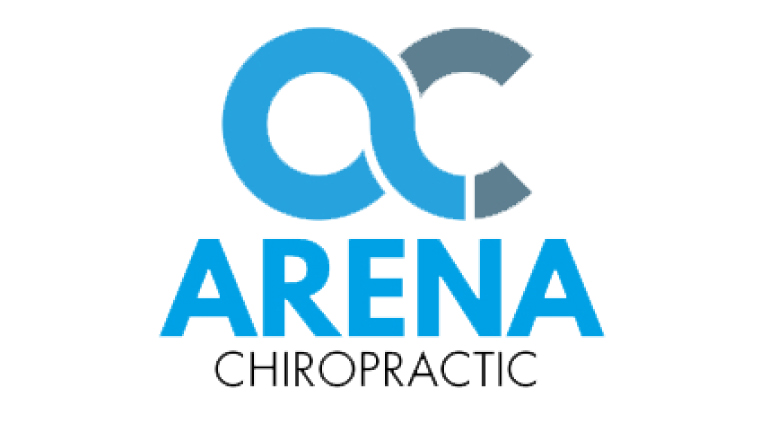We all know we should eat a “good breakfast”. Most of us can still hear the voice of our third grade teacher ringing in our ears – “Did everyone eat a good breakfast today?” – the kindly, inquiring tone usually accompanied by a penetrating stare. But as unlikely as it was then that most kids ate a good breakfast, it is even more unlikely now.1 For those of us who are adults, breakfast is frequently a mere cup of coffee. Or possibly a glass of orange juice and a bagel or a muffin. Maybe a “breakfast sandwich” at a fast-food chain. Regardless, not many of our choices can be construed as nutrition that will support us in being the champions that we want to be.
Everyone knows why a good breakfast is important. First, your gas tank is near empty. If you don’t refuel, you’ll be running on fumes. Every cell in your body requires high-quality nutrition. Most especially, your brain cells and your muscle cells require plenty of glucose. If you don’t have enough energy in your fuel tank, your body feels sluggish and your brain feels as if it’s trying to swim upstream against a strong current. Worse, you don’t have enough cellular energy to sweep away the metabolic end-products that build up from normal functioning. You can’t do maintenance and toxins accumulate. Now you need even more energy to deal with the toxic build-up and a vicious circle develops. You feel run-down, you develop muscle tension and a headache, and your whole day starts to deteriorate. This scenario is typical for many people and it continues day after day. Projecting into the future, the long-term results include diabetes, cardiovascular disease, and overweight/obesity.2 What can be done?
For those of us who recognize a problem and are willing to take action on our own behalf, the first step is to be willing to actually eat a nutritious breakfast. We want food that will help us be healthy, rather than “food” that instead adds to our health-related problems. If we choose to take such action, we can follow several easy guidelines. An energy-filled breakfast could consist of whole-grain cereals, fruit, cheese, eggs, nuts, and even meat.3 Not all of this, certainly, but enough to make a breakfast consisting of 300 or 400 calories. The prospect seems daunting, particularly when breakfast has been an afterthought for many years. But the process actually becomes easy once you get used to having this meal.
For example, two slices of whole-grain toast plus a tablespoon of peanut butter and a tablespoon of organic jam makes a great breakfast. You’ve got approximately 300 calories and you’re combining protein with complex carbohydrates. Or two scrambled eggs and a side of 1/2 cup of steel-cut oatmeal (that you’ve prepared overnight) with a tablespoon of honey mixed in. This meal, too, provides approximately 300 calories and an energy-producing combination of protein and complex carbohydrates. You get the idea – a creative, attractive small meal that is composed of complex carbohydrates and protein. You’ve now consumed an energy source that will be “slow-burning” and provide high-quality fuel for the next three to four hours. You’re ready to have a great morning of productive activity.
Being healthy takes work. It doesn’t happen by chance. Having a good breakfast, a “breakfast of champions”, is a key component of this overall, life-affirming process.
1Deshmukh-Taskar PR, et al: The relationship of breakfast skipping and type of breakfast consumption with nutrient intake and weight status in children and adolescents: the National Health and Nutrition. J Am Diet Assoc 110(6):869-878, 2010
2Pereira MA, et al: Breakfast frequency and quality may affect glycemia and appetite in adults and children. J Nutr 141(1):163-168, 2011
3Ratliff J, et al: Consuming eggs for breakfast influences plasma glucose and ghrelin, while reducing energy intake during the next 24 hours in adult men. Nutr Res 30(2):96-103, 2010




